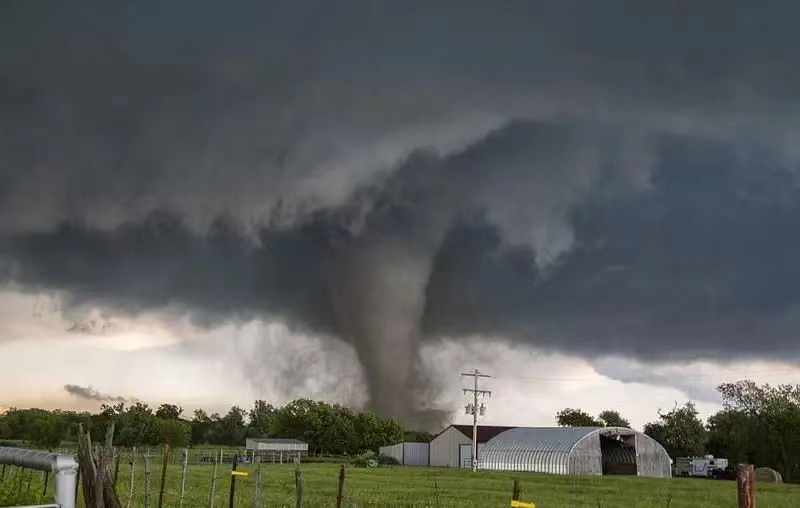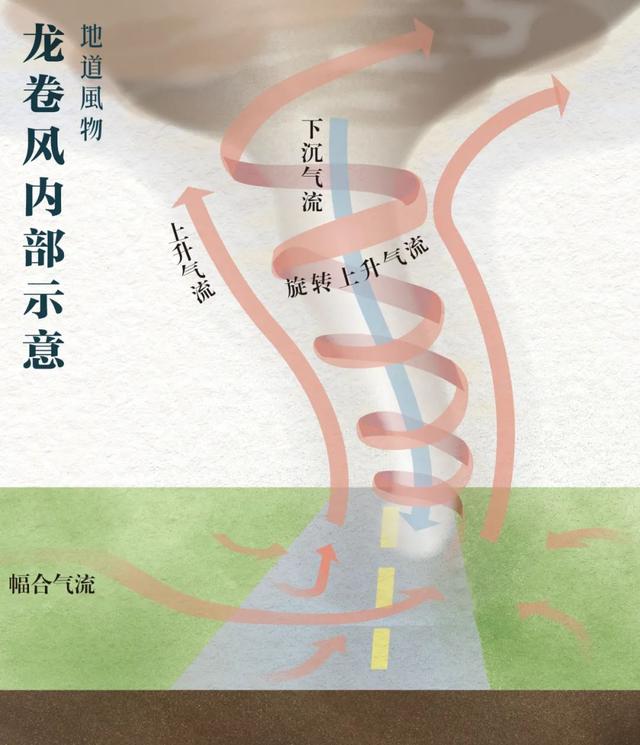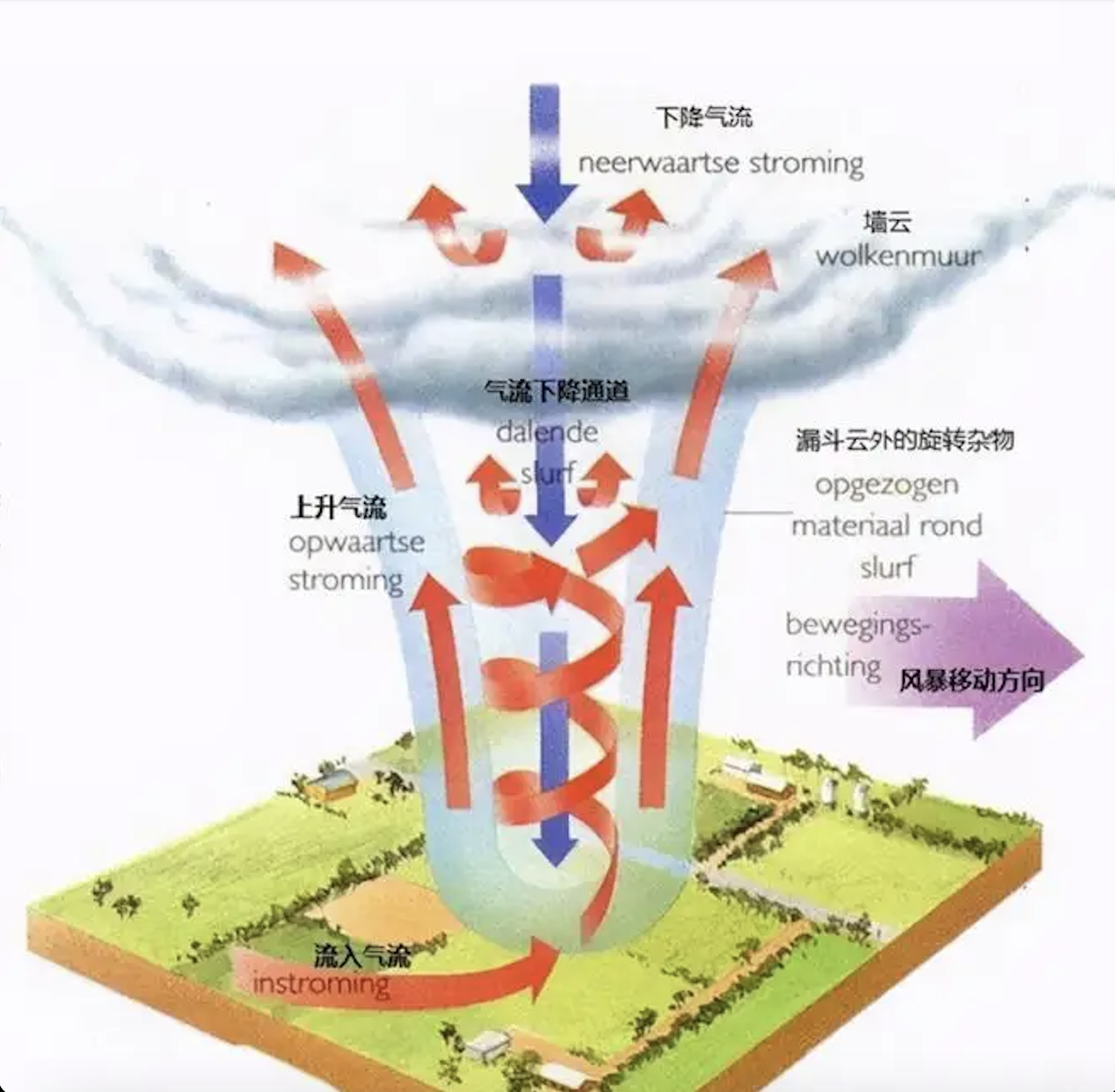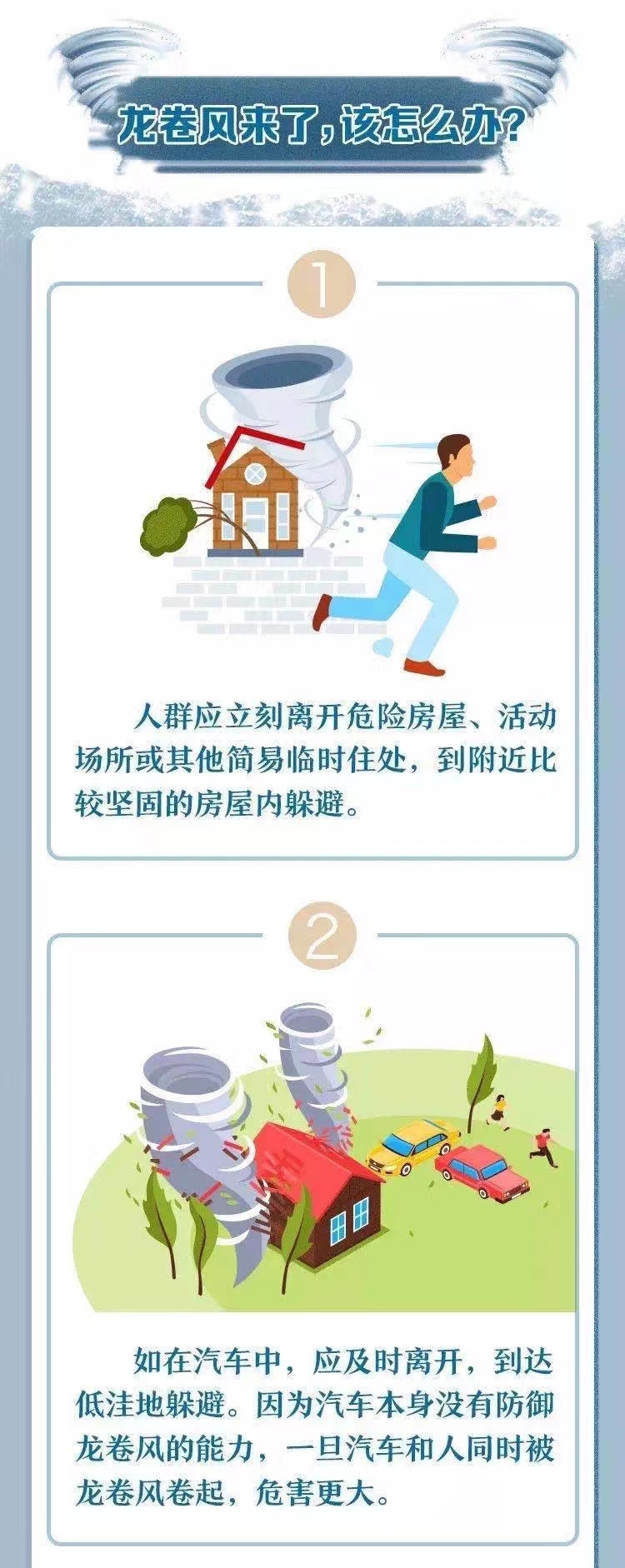Recently, jiangsu this year most powerful a strong convective weather process, lianyungang irrigation south, suqian ShuYang encounter tornadoes, to affected 2272 people and injured 26 people.

According to statistics, China has an average of 38 tornadoes every year, Jiangsu, Guangdong, Hubei, Anhui and other provinces have more tornadoes, among which Jiangsu is the most, the average annual number of tornadoes is 4.8.

What is a tornado?

A tornado is an intense whirlwind created by a funnel-shaped cloud that extends from the base of a thunderstorm cloud to the ground or water. Its wind can reach more than 12, the maximum can reach more than 100 meters/second, generally accompanied by thunderstorms, sometimes accompanied by hail. It is the most intense vortex phenomenon in the atmosphere, although the influence of small, but great destructive force.
How do tornadoes form?

The formation process of tornado can be roughly divided into four stages:
(1) Atmospheric instability produces strong updrafts, which are further strengthened by the effect of the maximum transit flow in the jet stream.
(2) The updraft begins to rotate in the middle of the troposphere, forming a mesoscale cyclone, as a result of its interaction with winds with shear in both velocity and direction vertically.
(3) As the mesoscale cyclone develops towards the ground and extends upward, it itself becomes thinner and stronger. At the same time, a small area of enhanced coactivation, i.e. the nascent tornado, forms inside the cyclone, forming the tornado core.
(4) The spin in the tornado core is different from that in a cyclone, and is strong enough to extend the tornado all the way to the ground. When the developing vortex reaches the height of the ground, the ground air pressure drops sharply and the ground wind speed rises sharply, forming a tornado.



Fast track
Home About Technique Forecast Products News ContactProducts
Smart Meteorology Ocean Shipping Atmospheric Environemntal Protection Disaster Prevention and Mitigation Big Data Fusion HPC Intelligent Energy Intelligent Agriculture Smart CityElectronic album

Follow us
